GEM Engserv Pvt. Ltd is an ISO 9001:2015 certified organization, certified by TUV India in accreditation with National Accreditation Board for Certification Bodies (NABCB).
GEM Engserv Pvt. Ltd is an ISO 9001:2015 certified organization, certified by TUV India in accreditation with National Accreditation Board for Certification Bodies (NABCB).
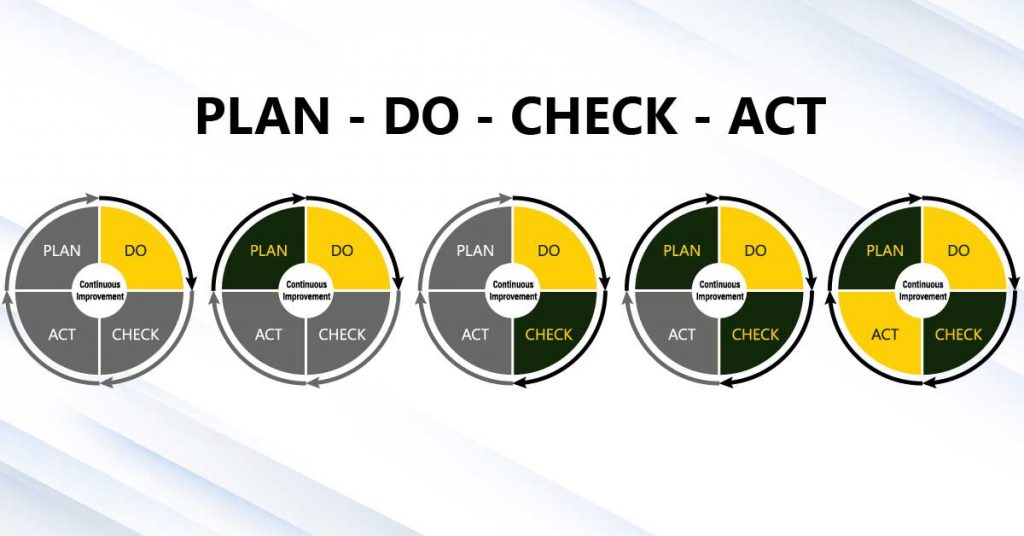
In 1939 Shewhart changed the then existing linear thinking to a cycle to show how refinement and change leads to an iterative approach to product development. Edward Deming, the Quality Guru further developed this concept and presented what was known as Deming’s wheel. Later it became popular as the P-D-C-A cycle which is at the core of all Quality Management systems and ISO:9001. It is now popularly known as the Deming cycle and is extremely important for continual improvement of any management system.
In the course of providing various services related to Quality Management in the construction; mostly quality audit services, I have come across organizations that are at different stages of implementing the philosophy enshrined in the P-D-C-A cycle. In my opinion, very few organizations can claim to have fully implemented the P-D-C-A cycle. In other words, the P-D-C-A cycle is broken to different degrees in different organizations. Here, I have tried to identify different degrees of breakage in the P-D-C-A cycle that I have come across.
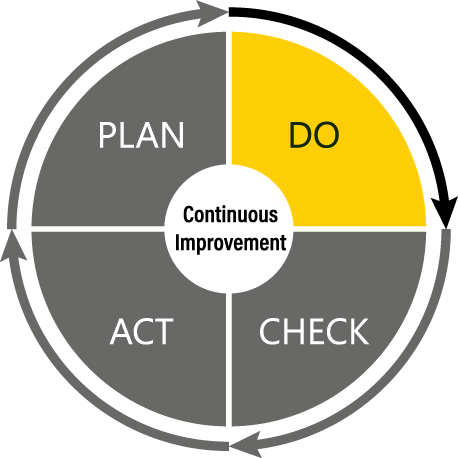
At the lowest rung of maturity of management systems are the organizations that have just the ‘do’ in their system. They neither plan nor check the outcome of their efforts. Most likely, the management has no idea about the P-D-C-A cycle. Obviously, quality audits can not take place in or for such organizations because audits represent the check part, which simply does not exist. To draw a parallel with the theory of adult learning, such organizations are at the stage of unconscious incompetence (I don’t know what I don’t know)
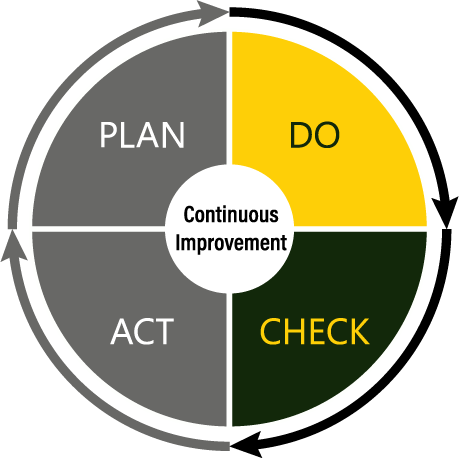
These organizations are basically similar to the ‘just do it’ type, except that someone reasonably high up in the hierarchy realises that all is not well with their performance or the management system. They are thus in a position of conscious incompetence (I know what I don’t know). Conducting quality audits for such organizations is very difficult as there are no audit criteria and no plan to check against. If such organizations achieve quality, it is only due to their good luck! If the quality audit is performed properly and a system’s view is provided, such organizations may quickly raise themselves up to the next level of performance.
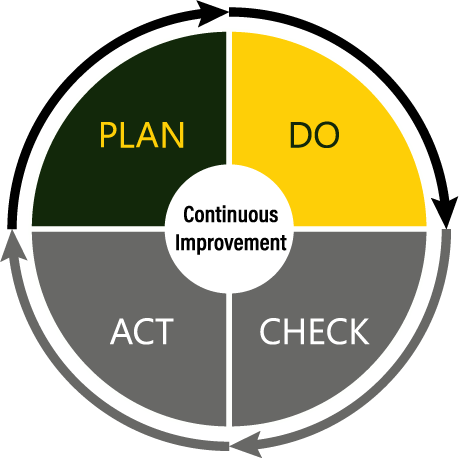
At almost the same level but with a different gap in the P-D-C-A cycle are the organizations which have the Plan & Do functions well established, but the check missing (by extension, Act is also missing). These organization think that they are in the conscious – competence level but are actually in the conscious – complacence stage (I erroneously think that I know) ! They have quality plans, method statements and checklists etc. but do not know if these are effective. They assume that the system that they have in place is flawless or best-in-class and therefore there is no need of checking it out (through audits). It is either misplaced optimism or downright arrogance, both not conducive for continual improvement!
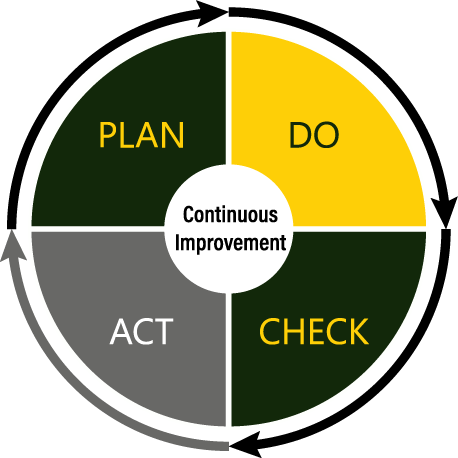
The next higher level in the journey towards continual improvement comprises the organizations that have everything except the ‘Act’ missing from the P-D-C-A cycle. They have everything going right for them. Proper quality plans, teams trying to perform as per the plans and internal/external audits at regular intervals. What is missing is the effective ‘Act’ at the end of the cycle. Quite often, the response to audit findings is correcting the mistake identified. They are at the conscious competence level. What is missing is the ability to identify the root cause and ensuring that the probability of recurrence of the defect is reduced to zero! Such organizations, despite their commendable efforts fall just short of reaping the full benefits.
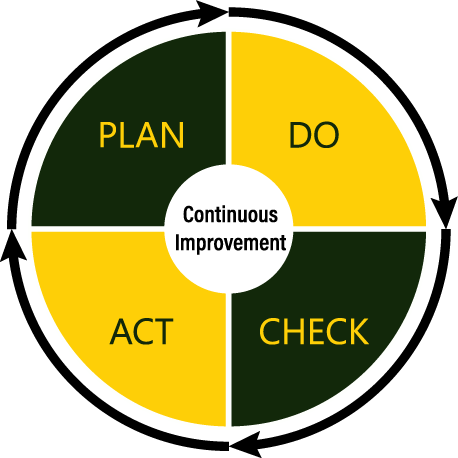
At the very top of the pyramid sit organizations that have mastered the P-D-C-A cycle in letter and spirit. They are at the unconscious competence level, where continual improvement is automatic and can be said to be in their DNA!
Unfortunately, in my experience there aren’t many organizations that can qualify, especially in the construction and Real Estate sector. Finding out the real root cause(s) and identifying the appropriate corrective and preventive action require deep knowledge and insight about the organizational dynamics, business processes and technical aspects related to the issue at hand. These skills and attitudes are not easy to find in front line employees or even in the Quality Management department. If the top management chooses to spend a part of their time and energy in this exercise, the returns will justify the efforts.